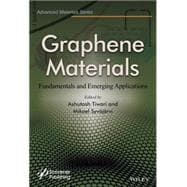This book covers the recent advances in the development of bioelectronics systems and their potential application in future biomedical applications starting from system design to signal processing for physiological monitoring, to in situ biosensing.
Advanced Bioelectronic Materials contributions from distinguished international scholars whose backgrounds mirror the multidisciplinary readership ranging from the biomedical sciences, biosensors and engineering communities with diverse backgrounds, interests and proficiency in academia and industry. The readers will benefit from the widespread coverage of the current literature, state-of-the-art overview of all facets of advanced bioelectronics materials ranging from real time monitoring, in situ diagnostics, in vivo imaging, image-guided therapeutics, biosensors, and translational biomedical devices and personalized monitoring.








